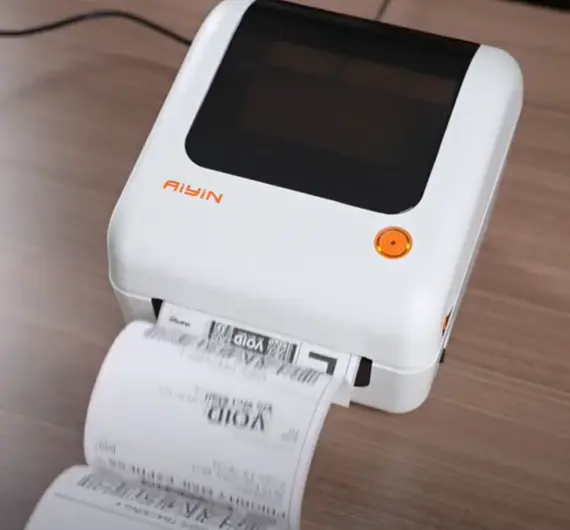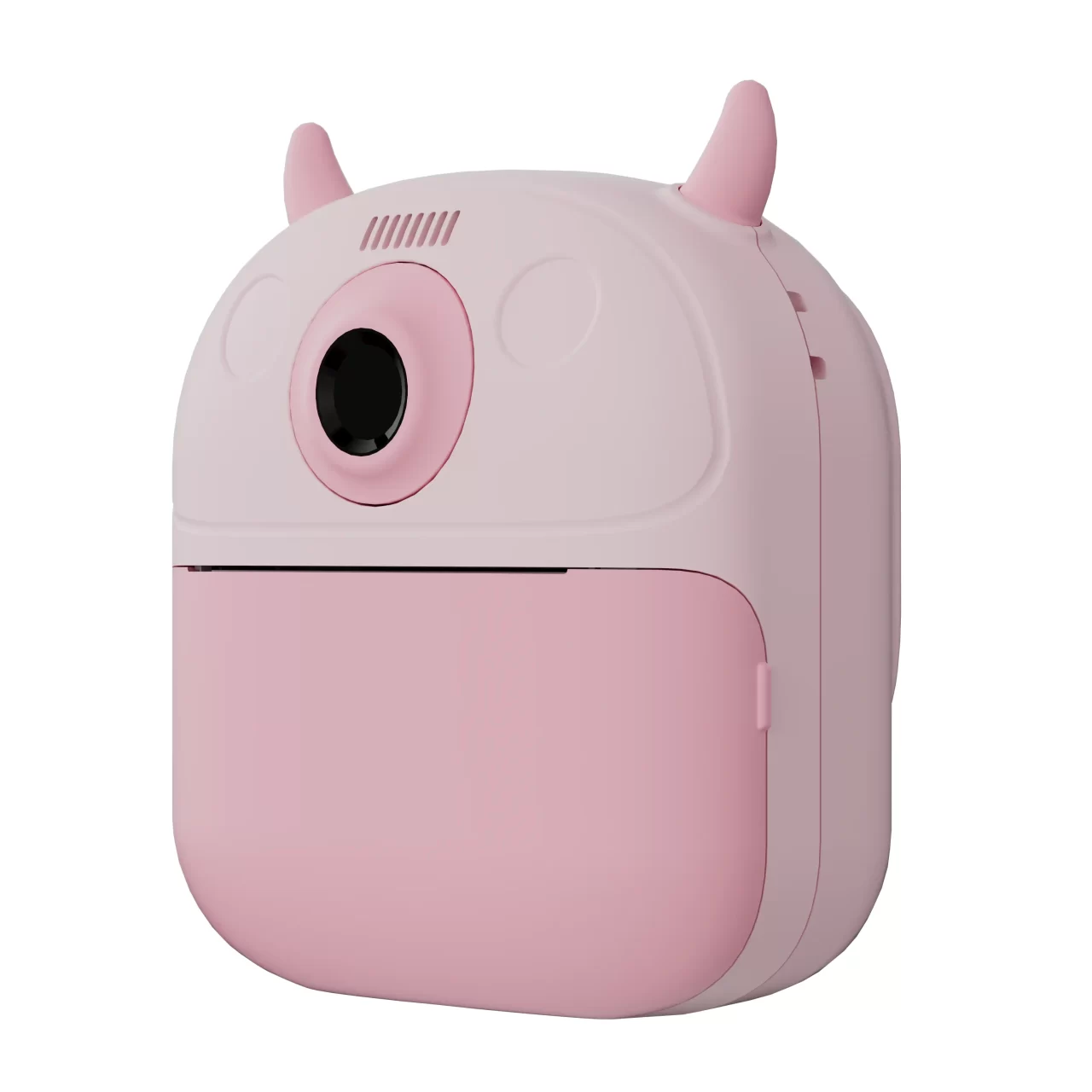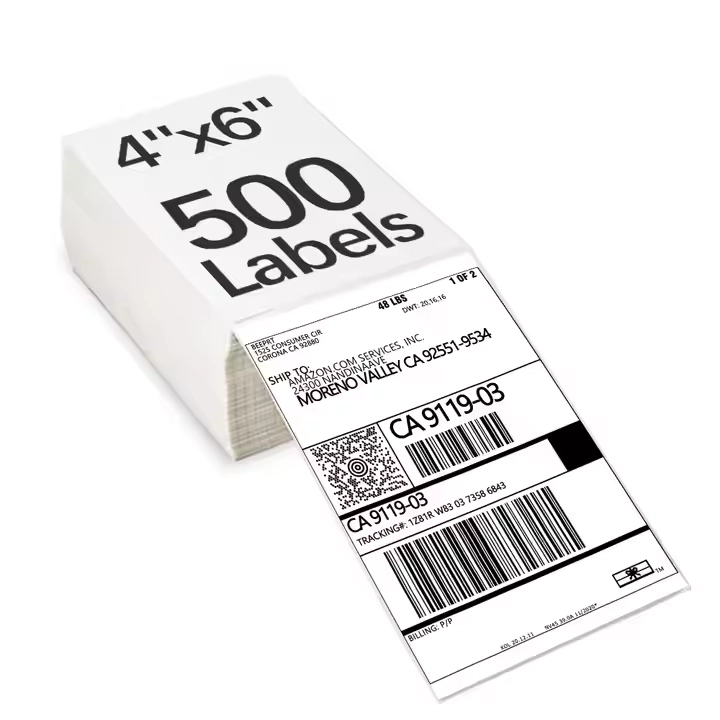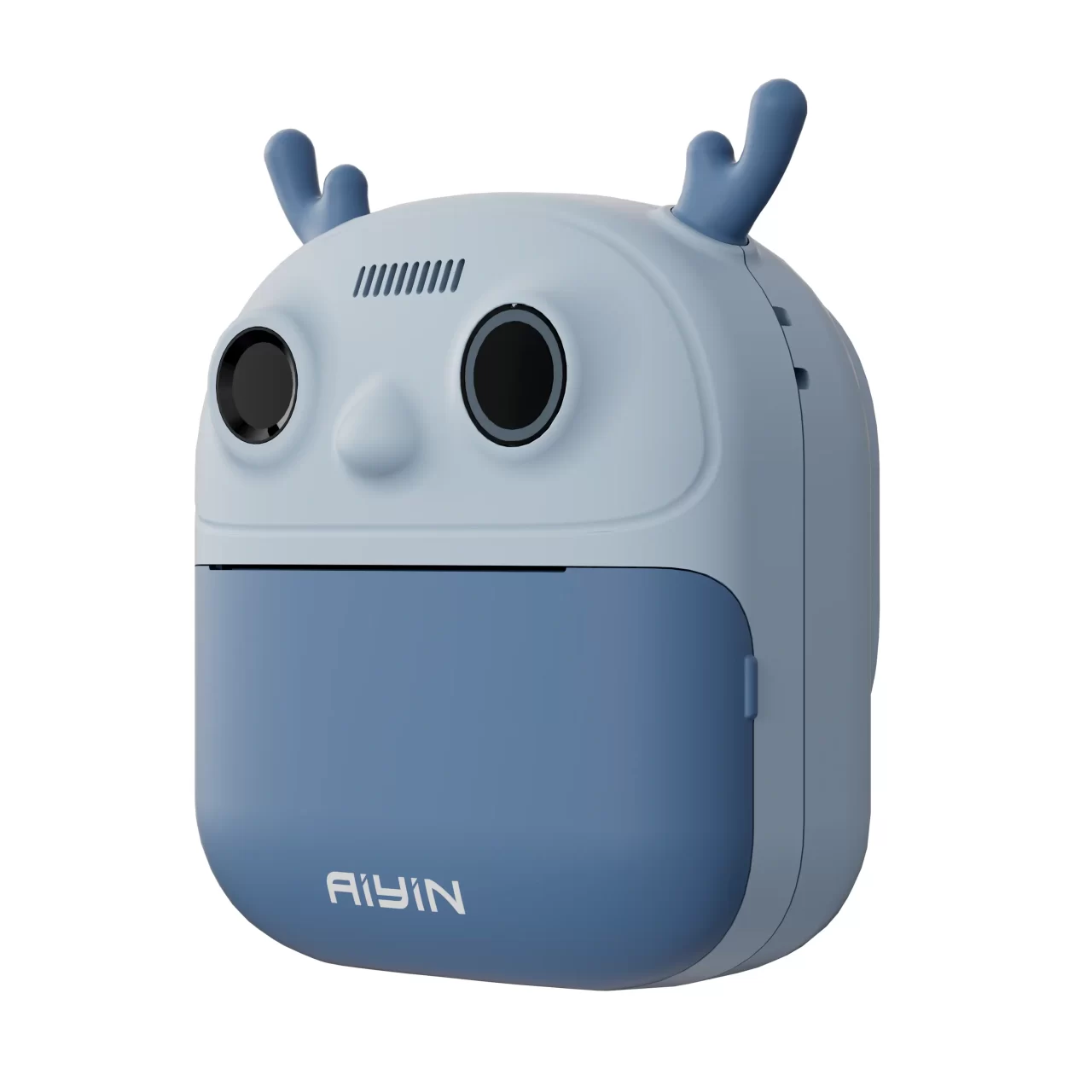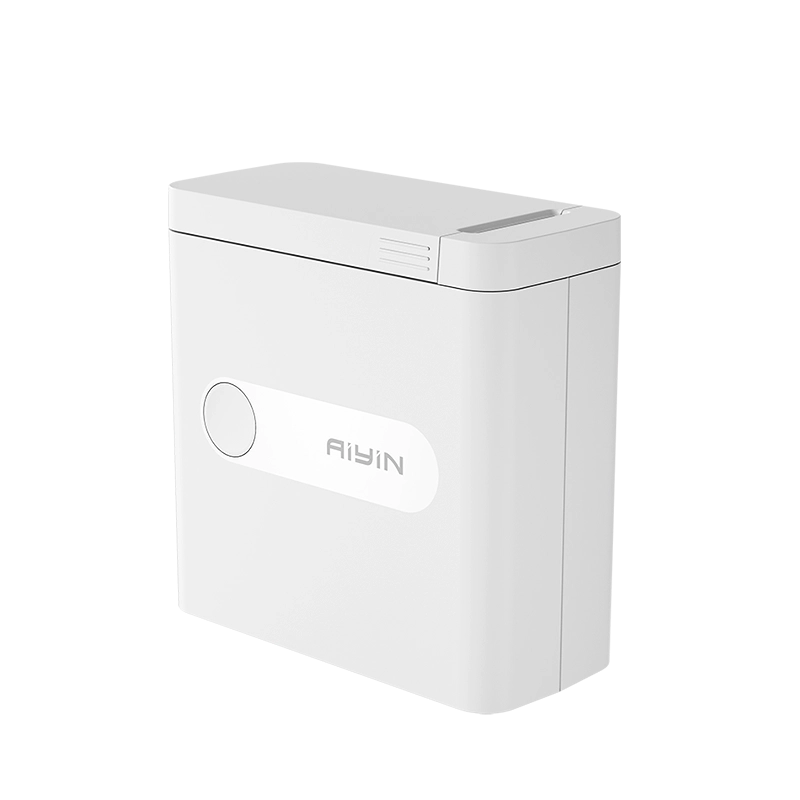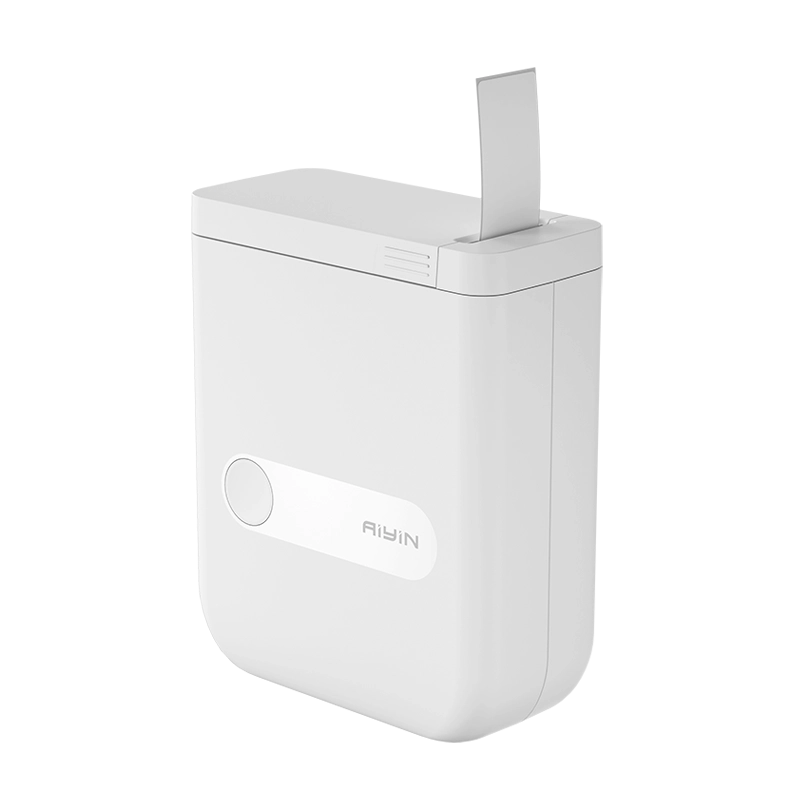Cold chain logistics relies on robust, precise labeling to track shipments, enforce compliance, and prevent spoilage. As it handles such commodities as pharmaceuticals, chilled foodstuff, or biologics under meticulous temperature control, usually below 8°C, or even below freezing.
Thermal print labels in cold chain uses face a gauntlet of tests: frozen warehouses in which the adhesives dry out and crack, condensation that warps the print, or rough handling that scratches surfaces. And the payoff is weary labels, lost information, and costly delays.
Aiyin, as a professional thermal printer manufacturer, we’ve seen it all. Let’s break down how to avoid these pitfalls—and keep your labels readable, sticky, and reliable.
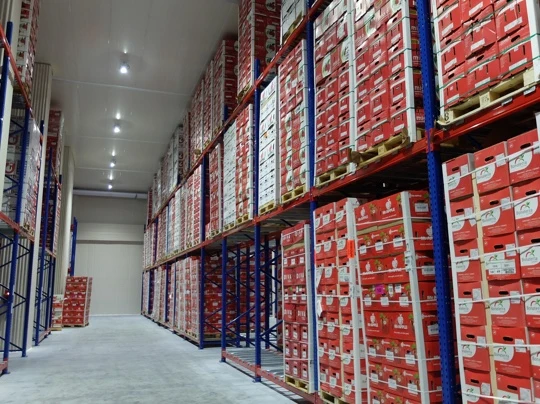
Why Cold Chain Labels Fade or Fail
Before we dive into solutions, let’s get technical. Thermal labels fail in cold chains not because they’re “cheap”—but because their materials and chemistry clash with extreme conditions. Here’s the breakdown:
- Temperature fluctuations: When a label moves from a sub-zero freezer (-20°C) to a warm loading dock (25°C), moisture condenses on its surface. This water seeps into the thermal coating, dissolving the dye or developer layers. Blurry text or a completely blank label is the result.
- High humidity: Most thermal adhesives are water-based. In humid environments, moisture weakens the glue. Labels start peeling at the edges—or worse, detach entirely mid-shipment.
- Freezing environments: Standard general-purpose adhesives harden in cold temperatures (below 0°C), losing their viscosity. A label might stick when you apply it, but once it’s in a frozen truck, it’ll curl or fall off like a winter leaf.
- Sunlight exposure: Direct thermal labels (which use heat-sensitive paper) rely on chemical reactions to form images. UV rays from sunlight or harsh warehouse lights speed up these reactions, causing colors to fade—from sharp black to faint gray—in weeks, not months.
- Friction & handling: Thermal coatings are thin. Dragging a label across a rough pallet or folding it repeatedly scratches the surface. The print rubs off, leaving you with a label that’s “there” but unreadable by scanners.

Choosing the Right Printing Method
Not all thermal printers can be a one-size-fits-all solution, and neither are their outputs. Let’s compare the two most common methods to determine which one best fits your cold chain needs.
Direct Thermal Printing:
- How it works: Uses a heated print head to darken heat-sensitive coating on special paper. No ink, no ribbon—just heat.
- Pros: Fast, low-cost (no consumables like ribbons), compact printers. Great for short-term use (e.g., same-day delivery of perishables).
- Cons: Relatively poor durability. The print fades faster when exposed to heat, light, or moisture. Not ideal for long-term cold storage (think 6+ months in a freezer).
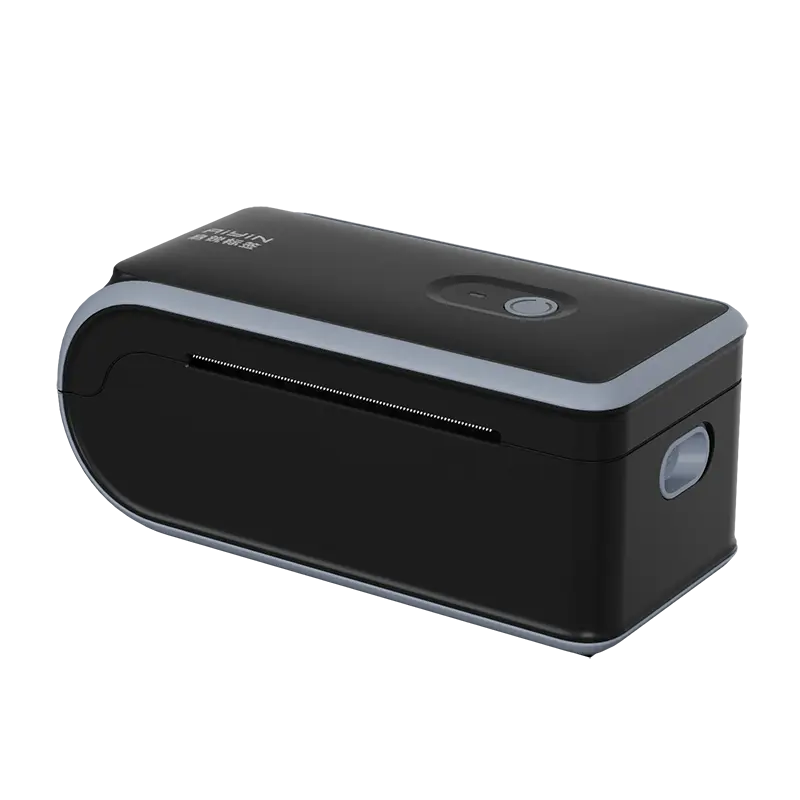
Thermal Transfer Printing
- How it works: A heated print head melts wax or resin from a ribbon onto a label. The ribbon acts as a buffer between the print head and the label.
- Pros: Far more durable. Wax/resin ribbons protect the print from moisture, UV, and friction. Prints last year’s—even in sub-zero conditions. Compatible with synthetic label materials.
- Cons: Requires ribbon cartridges and compatible labels. Slower than direct thermal, but it’s negligible for most cold chain volumes.

Our opinion:
For cold chain logistics, thermal transfer is worth the investment. The extra durability pays off in reduced reprints, fewer errors, and happier customers. Reserve direct thermal for short, low-stakes workflows (e.g., temporary internal tracking).
Selecting Durable Label Materials
Labels in cold chains need to be tougher than your average sticky note.
Base materials: Synthetic > Paper
- Polypropylene (PP): Moisture-resistant, flexible, and scratch-resistant. Ideal for frozen food or damp warehouses.
- Polyester (PET): Ultra-durable—resists tearing, chemicals, and extreme temperatures (-40°C to 120°C). Perfect for pharmaceuticals or industrial cold chains.
- Polyethylene (PE): Flexible and water-resistant. Great for curved surfaces (like bottles) or irregularly shaped items.
Top coatings:
- Freezer-grade adhesive: Formulated to stay tacky at -20°C or lower. Avoid “all-temperature” adhesives—they often fail in extremely cold conditions.
- Removable adhesive: For temporary labels (e.g., returnable pallets). Sticks when needed, peels cleanly without residue.
- High-hold adhesive: For rough or low-surface-energy materials (e.g., corrugated boxes, plastic containers).
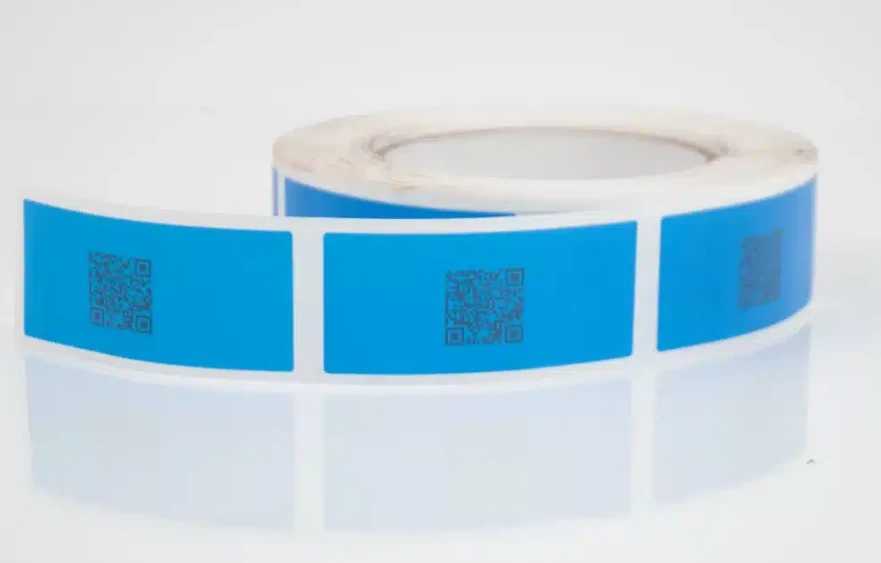
Environmental Considerations
Even the best labels and printers need a little care.
Adjust print density: In cold, humid environments, condensation can make prints look “washed out.” Increase print darkness (via printer settings) to ensure barcodes and text remain scannable, even with a light layer of moisture.
Lamination = insurance: For mission-critical labels (e.g., vaccine tracking), add a clear laminate overlay. It blocks UV, repels water, and withstands friction.
Store labels properly: Unused labels hate temperature swings. Keep them in a cool, dry place (15–25°C, 40–60% humidity) away from direct sunlight
Best Practices: Small Steps, Big Impact
You’ve chosen the right printer, materials, and settings—now it’s time to print like a pro. Here are our top tips:
Print on demand: Don’t stockpile labels for weeks. Thermal coatings degrade over time, even in ideal conditions. Print labels just before application to keep the coating fresh.
Handle with care: Avoid touching the printed area—oils from your fingers can smudge the coating. Use gloves if you’re printing in high-moisture environments.
Test, test, test: Before rolling out a new label, test it in your actual cold chain conditions. Stick a sample in a freezer for 24 hours, then peel it off. Expose another to 90% humidity for 48 hours—does the print stay sharp? If not, tweak your material or adhesive.
Conclusion
Cold chain logistics is all about control—and labels are no exception. By choosing thermal transfer printing, durable synthetic materials, and freezer-grade adhesives, you’re not just buying labels—you’re buying reliability.
About Us
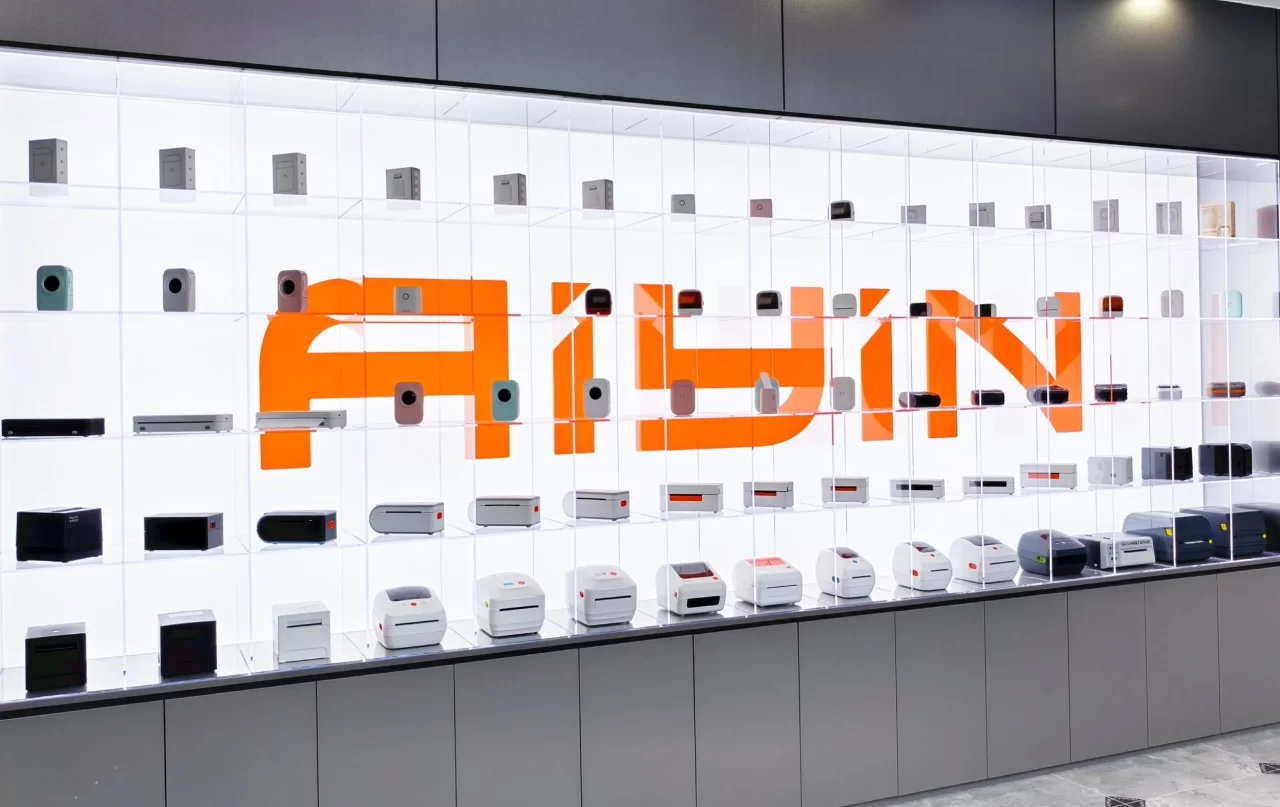
We are a professional thermal printer manufacturer with many years of experience, focusing on every detail of the thermal printer manufacturing industry. You may have seen many products on the market, but we do more than just production. We pay attention to every link to ensure that we bring you the most suitable choice.
We understand that what you need is not a single standardized product, but a solution that meets your unique needs. So, whether it is design, production, or distribution, we have our methods to achieve true customization and truly meet your expectations.

